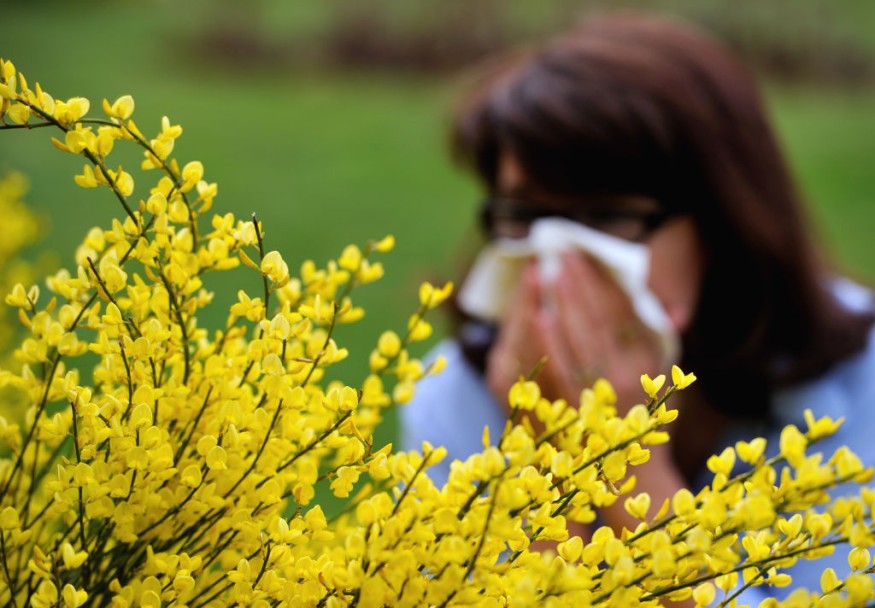A new study recently showed that allergy seasons could become longer and grow stronger, leading to rising temperatures due to climate change.
As specified in a EurekAlert! report, by the end of the century, pollen emissions could start 40 days ahead in the spring compared to what was observed between 1995 and 2014.
The study from the University of Michigan also said that allergy sufferers could see that season last an additional 19 days before high counts of pollen may subside.
In addition to that, the annual amount of pollen released every year could rise to 200 percent because of the rising temperatures and rising levels of carbon dioxide.

Pollen Allergies Get Worse with Climate Change
According to Yingxiao Zhang, a U-M graduate student research assistant in climate change and space sciences in engineering, pollen-induced "respiratory allergies are getting worse with climate change."
Zhang, the first author of the study published in Nature Communications, added, their findings can be a starting point for further studies into the consequence of climate change on pollen and corresponding health impacts.
The study investigators developed a predictive model that investigates the 15 most common types of pollens, and how their products will be affected by forecasted changes in temperatures and precipitation.
The integrated climate data and socioeconomic conditions correlated their modeling with the data from 1995 to 2014. They then utilized their model to forecast pollen emissions for the past 20 years of the 21st century.
Pollen
A similar Eurasia Review report said that symptoms of allergies run the gamut from mildly irritating such as watery eyes, rashes, or sneezing, to more severe conditions like difficulty breathing or anaphylaxis.
Longer, More Intense Allergy Seasons Could Result From Climate Changehttps://t.co/OBI5h3hhcJ
— Eurasia Review (@EurasiaReview) March 17, 2022
Allergy seasons are likely to become longer and grow more intense as a result of increasing temperatures caused by manmade climate change, according to new research from the Univers... pic.twitter.com/dSce9TBwMS
According to the Asthma and Allergy Foundation of America, 40 percent of children and 30 percent of adults suffer from allergies in the United States.
The trees, weeds, and grasses that produce pollen are impacted by climate change. Increased temperatures are causing them to activate earlier compared to their historical norms. Hotter temperatures can increase as well, the amount of pollen produced.
U-M professor of climate and space sciences and engineering Allison Steiner explained that the modeling developed by her team could ultimately allow for allergy season forecasts targeted to different geographical areas.
They're hoping to include their pollen emissions model within a national air quality forecasting system to provide enhanced and climate-sensitive forecasts to the public. This study was backed by the National Science Foundation.
Human-Caused Climate Change
In 2021, a study published in PNAS specified that climate change had already turned worse in North American pollen seasons. They noted that climate change is not the lone factor that's making the pollen season more of a nightmare for sufferers of allergy in recent years.
Nonetheless, based on the researchers' model, it is plausible that climate change is primarily responsible for approximately half of the additional days over time, along with roughly eight percent of the heavier counts of pollens.
Moreover, researchers of this study found that climate change had a greater contribution to the pollen season as time went by, which does not exactly bode well word for what was to take place later on.
Related information about climate change affecting allergy season is shown on CBS News's YouTube video below:
RELATED ARTICLE : Study Suggests Climate Change Makes Allergy Sufferers' Lives Worse
Check out more news and information on Pollen Allergies in Science Times.












